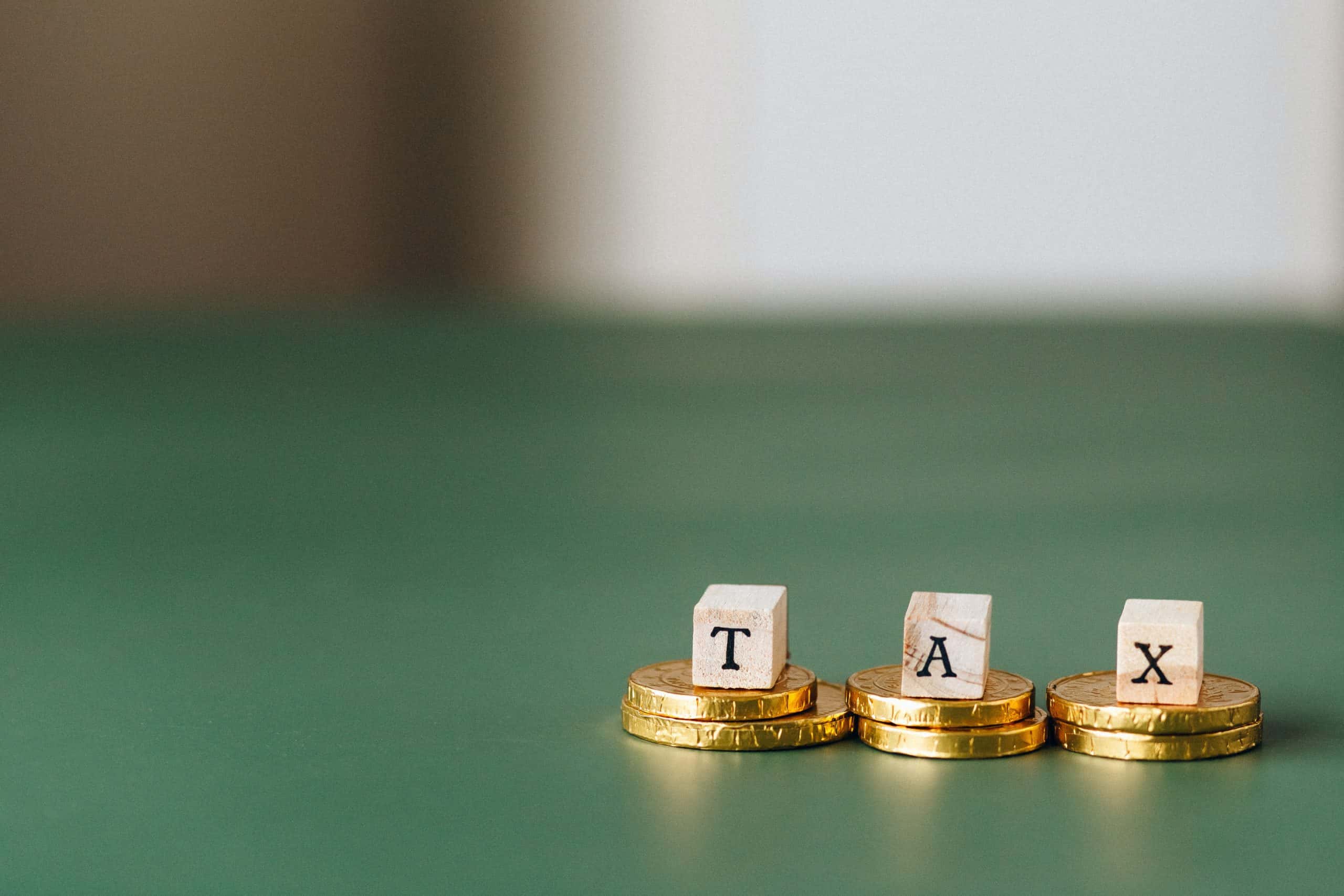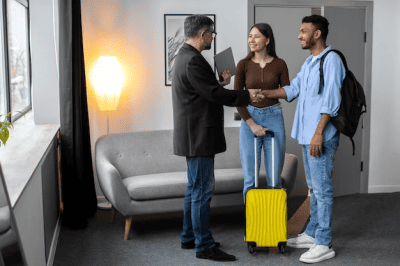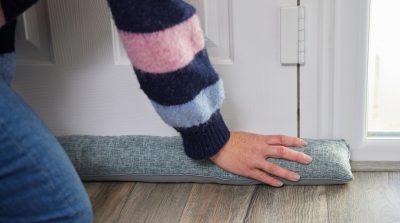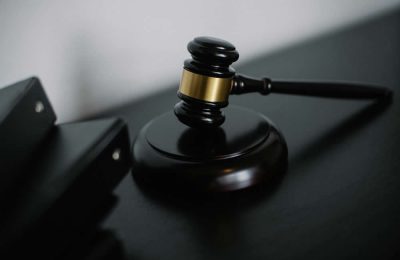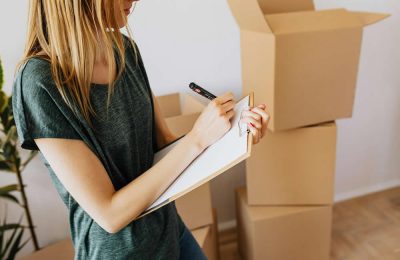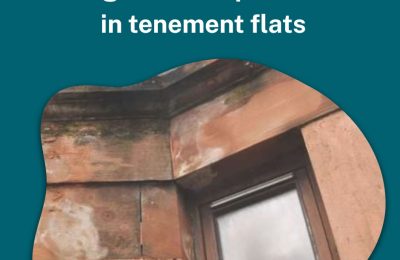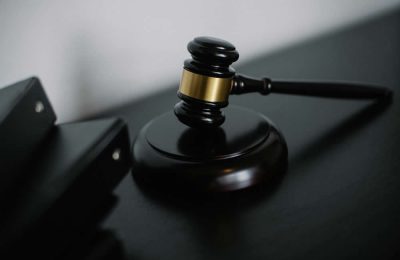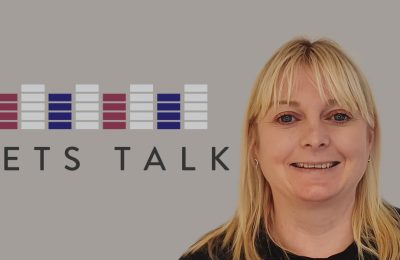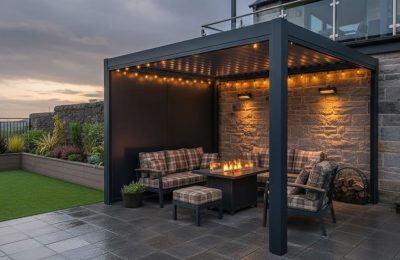If you are a landlord or second home owner in Scotland it is important that you are aware of the taxes you must pay when you purchase a buy-to-let property or holiday home.
Nicky Lloyd, Head of ESPC Lettings, says: “When buying a second home, the issue of tax can be overwhelming, but it is important to know your responsibilities as a landlord and be aware of the tax you are required to pay on your properties.”
What is LBTT?
Land and Buildings Transaction Tax (LBTT), Scotland’s version of stamp duty, is a tax which applies to residential and commercial property purchases in Scotland.
How much LBTT will I have to pay?
The amount of LBTT you will pay on your residential property will depend on how much it cost you to buy the property. There are several LBTT bands and each one has a percentage of tax applied to it.
The current rates and bands are listed in the table below:
| Purchase price | LBTT rate |
| Up to £145,000 | 0% |
| £145,001 to £250,000 | 2% |
| £250,001 to £325,000 | 5% |
| £325,001 to £750,000 | 10% |
| Over £750,000 | 12% |
What about the ADS charge?
The Additional Dwelling Supplement (ADS) charge is a surcharge that applies to most second home purchases in addition to the LBTT payment.
In December 2022, the Scottish Government raised ADS from 4% to 6% as part of the Scottish Budget.
If you are buying a residential property in Scotland and you already own a home, you will need to pay the 6% ADS charge.
Relief from ADS charge
If you plan to sell your original property, you can claim the ADS amount back if you sell your home within 18 months.
Other circumstances where you can avoid the ADS charge include if the property is gifted or inherited. There are also ADS charge exceptions available to spouses, civil partners and co-habitants who both have an existing home but want to buy a main property for them to live in together.
If you are building a portfolio of six or more properties in a single or linked purchase, this type of transaction can be treated as non-residential and therefore avoids ADS.
Income tax
If you are a landlord in Scotland, the first £1000 of your yearly rental income is tax free. This is called your ‘property allowance.’
Allowable expenses you can claim include letting agency fees, utility and council bills paid by you, maintenance and repairs (but not renovating or improvements beyond wear and tear), property advertising costs, accountancy fees and buildings and contents insurance.
To work out how much income tax you owe, deduct all your allowable expenses for the year from your annual rental income. The net amount is the profit for the year which is taxable.
The amount of tax you pay on your rental income will hinge on how much tax you pay on your other earnings. A basic rate taxpayer will pay 20% while a higher rate taxpayer will pay 41%.
Capital Gains Tax
If you own a buy-to-let portfolio, you will have to pay Capital Gains Tax (CGT) if you sell any of your rental properties.
Any capital gain must be recorded in your self-assessment tax return for the tax year in which you sold the rental property. This is calculated as the amount you receive for the property, less the amount you paid for it and any additional money you have put towards adding value to the property, such as a renovation or an extension.
